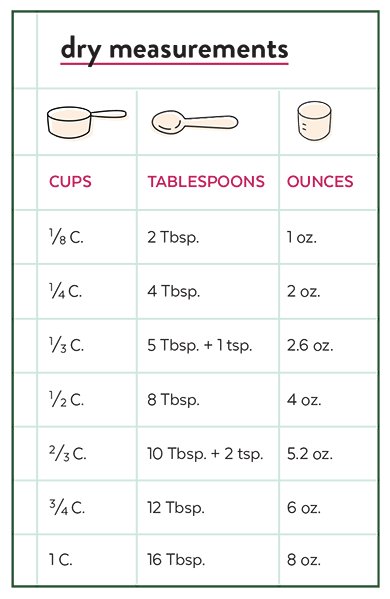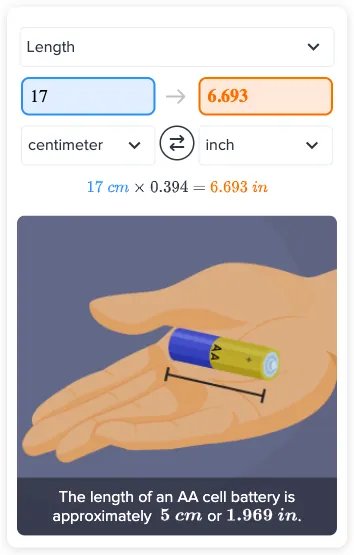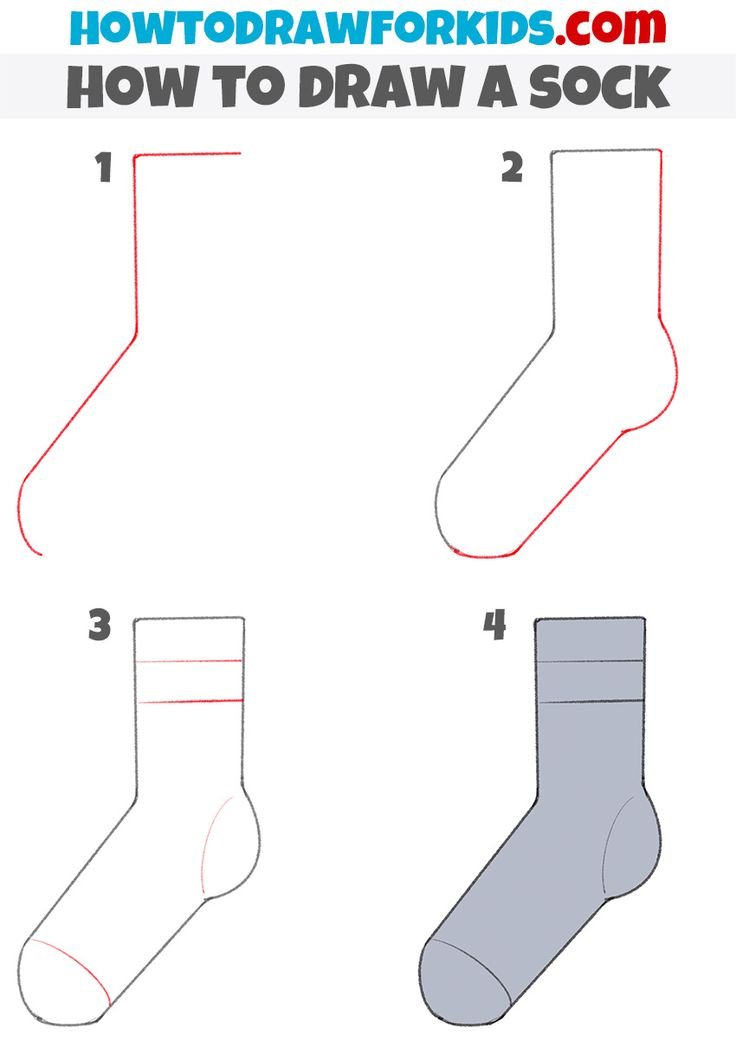How far is a city block? A question often pondered as we navigate urban landscapes. The answer may surprise you: on average, a city block spans about 200 to 900 feet. However, this seemingly straightforward query unravels a complex tapestry of urban planning, history, and culture. Join us on a journey through the winding streets and bustling avenues as we unravel the mystery behind the distance of a city block. Let’s dive in and explore the significance of this fundamental unit in shaping the fabric of our cities.
How Far is a City Block: Exploring the Distance of Urban Streets
Welcome, curious minds! Have you ever walked down a city street and wondered, “How far is a city block?” Well, you’re not alone! In this blog post, we will dive into the fascinating world of urban planning to uncover the mysteries of city blocks. So grab your walking shoes and let’s explore together!
Understanding the Basics of City Blocks
Before we can determine how far a city block is, we need to understand what a city block actually is. In urban planning, a city block refers to the area of land bound by four streets. These streets form a square or rectangular shape, creating a defined space within a city grid. City blocks are the building blocks of urban design and play a crucial role in shaping the layout and functionality of a city.
Factors Affecting the Size of a City Block
City blocks can vary in size depending on several factors, including the city’s layout, historical development, and urban planning regulations. Commonly, city blocks are designed to be easily walkable, with a balance between accessibility and density. Let’s explore some of the key factors that influence the size of a city block:
1. City Planning: Urban planners consider factors such as pedestrian safety, traffic flow, and land use when determining the size of city blocks. By creating appropriately sized blocks, cities can promote walkability and efficient transportation.
2. Historical Context: In older cities, the size of city blocks may be influenced by historical developments, property boundaries, or geographic features. These factors can contribute to the unique character and layout of a city’s streets.
3. Zoning Regulations: Zoning laws dictate the allowable land uses within a city block and can influence its size and shape. By regulating building heights, setbacks, and lot sizes, zoning regulations help maintain the overall character of a neighborhood.
Measuring the Distance of a City Block
Now that we have a better understanding of what city blocks are and what factors influence their size, let’s tackle the big question: How far is a city block? The distance of a city block can vary widely depending on the city and its specific design. However, there are some general guidelines we can follow to estimate the typical length of a city block.
Standard City Block Lengths
On average, a city block in a typical urban setting is about 100 to 200 meters long. This distance is roughly equivalent to 1/10th of a mile or 1/16th of a kilometer. Keep in mind that this is just an approximation, and actual block lengths can vary based on the factors we discussed earlier.
For example, in New York City, a city block is usually around 80 meters long. In contrast, in cities like Portland or Salt Lake City, blocks can be larger, spanning up to 200 meters. The size of city blocks is often influenced by the city’s grid pattern, street widths, and urban planning goals.
Calculating City Block Distances
If you’re curious about the distance of a specific city block, you can easily calculate it using a simple formula. To measure the length of a city block, you can walk from one street corner to the opposite corner diagonally. By pacing the distance or using a measuring tool, you can determine the approximate length of the block.
Alternatively, you can use online mapping tools or city planning documents to find information about the size of city blocks in a particular area. These resources can provide detailed measurements and insights into the layout of urban streets.
Exploring the Diversity of City Blocks
City blocks come in all shapes and sizes, each with its own unique character and charm. From bustling city centers to quiet residential neighborhoods, every block has a story to tell. Let’s take a closer look at the diverse types of city blocks you might encounter:
1. Commercial Blocks:
Commercial blocks are often found in downtown areas and are characterized by a mix of shops, restaurants, and businesses. These blocks are typically busy and vibrant, with high foot traffic and bustling activity. Commercial blocks play a vital role in the economic life of a city, attracting visitors and residents alike.
2. Residential Blocks:
Residential blocks are home to houses, apartments, and other dwellings. These blocks are designed for living and offer a mix of housing options for residents. Residential blocks often feature green spaces, playgrounds, and community amenities, creating a sense of belonging and community spirit.
3. Industrial Blocks:
Industrial blocks are dedicated to manufacturing, warehouses, and industrial activities. These blocks are characterized by large buildings, loading docks, and industrial infrastructure. Industrial blocks are essential for supporting a city’s economy and providing job opportunities for residents.
Conclusion
So, how far is a city block? The answer may vary depending on where you are, but one thing is certain: city blocks are the building blocks of urban life. From bustling streets to quiet neighborhoods, city blocks shape the way we live, work, and play in cities around the world. Next time you take a stroll down a city block, remember the history, planning, and design that have gone into creating the vibrant streetscape around you.
Keep exploring, keep learning, and never stop asking questions about the world around you. The urban landscape is full of wonders waiting to be discovered!
What Is the Ideal Size for a City Block? – Cheddar Explains
Frequently Asked Questions
How long is a typical city block?
A typical city block in most urban areas is around 200 to 900 feet long, depending on the city and its layout. This distance can also vary based on factors such as the city’s grid pattern, street width, and neighborhood development.
Is there a standard measurement for the length of a city block?
There is no universal standard measurement for a city block due to variations in urban planning and design. However, the average length of a city block is commonly used as a reference point in urban planning and real estate development.
How far can you walk in a city block?
Walking the length of a city block can typically take anywhere from 1 to 5 minutes, depending on your walking speed and the specific length of the block. It’s a convenient way to estimate distances when navigating urban areas on foot.
Final Thoughts
In conclusion, the distance of a city block can vary significantly depending on the location. In urban areas, a city block typically ranges from 300 to 900 feet. However, in more rural settings, a block can span even longer distances. Understanding how far is a city block is important for navigation and estimating travel times accurately. It’s essential to consider the context and environment when determining the distance of a city block.









